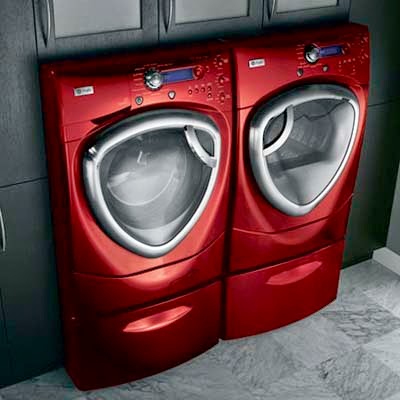
Use the 5 tips in this article to control home building costs & minimize cost overruns.
Tip 1: Planning Your Home Building Costs Take the time to plan on paper what you want your house to look like. When doing your budget, visit stores to look at appliances, fixtures, cabinets, flooring, etc. In doing so, you will have a clearer idea of what you want and more importantly, what it will cost. Then, build that amount into your budget so there are no surprises later.
Tip 2: Specify Home Building Materials When working with a contractor, be sure that the specific materials you expect to be used are included in the bid and subsequently, in the contract. If your plans say wood floors and you are expecting teak and get oak, your recourse is limited because you did not specify it in writing.
Tip 3: Change Orders If you take the time to plan your home building project on paper before breaking ground, you can minimize the number of Change Orders. Change Orders frequently increase the cost of your project because they were not planned for in the original budgeting. If you agree to a change order and there is an expense involved, you are responsible for those costs unless the contractor has agreed he will pay for the change. Depending upon the extent of the change, it can involve modifying the original plans and having the local building authority review the changes including the labor and materials. Always keep an eye on any changes to the original plan and design and take the time to determine the financial impact of the change on your project. Changes to construction projects represent the single most common reason a project goes over budget and/or the completion is delayed. Take the time to plan before you build.
Tip 4: Size, Style and Shape of the Home These three factors can significantly contribute to the cost of building your dream home.
- Size - Work with even numbers and have your home size rounded up or down to increments of two (2) feet. This reduces wasted materials. Also, build a home no deeper than 32 feet to eliminate the need for specially designed trusses.
- Style - Typically, it will cost less to build a two-story home than a one-story home of similar square footage. A two-story home will have a smaller roof and foundation. In addition, plumbing and ventilation are more compact in two-story homes.
- Shape - Having more corners and angles will increase the amount of labor and materials needed to build your dream home. A rectangular or box shaped home will cost less to build.
Tip 5: Two Most Common Times for Cost Overruns The beginning of your home building & construction project - when you are doing excavation and possibly putting in a well. You won't know what is under the ground until you begin to excavate. If you are drilling for a well, you will have no control over how far down you will need to drill for water. This is where having a contingency fund is essential.
The second most common time for a cost overrun is near the end of the project when you are selecting your finishes, i.e., cabinets, counter-tops, lighting and plumbing fixtures, flooring, appliances, etc. If you took the time to shop around before you did your budget, you can more easily stay within your budget when you do your final selections.
Cost overruns are common in any home building project, but with knowledge and planning they can be kept within manageable boundaries.













